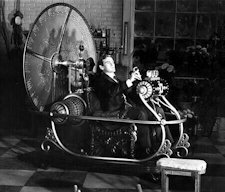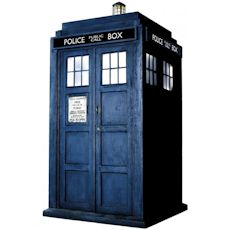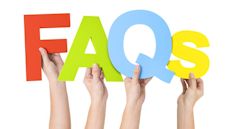TIME TRAVEL
Time travel has occurred in numerous science fiction films ranging from the classic HG Wells "The Time Machine", to the excellent television show Doctor Who. Usually when time travel appears in Sci-Fi there is very little description of how it's actually being done. In reality, time travel is not impossible - you're doing it right now, moving through time at a constant rate of 1 day every day. The science of time travel is complex.
So, where do we start? How about time? What is time? The Oxford English Dictionary defines time as "a limited stretch or space of continued existence”, or “as the interval between two successive events". We glance at our wristwatches and notice the second hand slowly counting the passing seconds. We are in our own time machines: Our hearts are pumping blood, we're breathing; we are existing through time (at least until our own personal time machines seriously malfunction).
What are the possibilities of moving through time at a rate different to one day per day? Common sense tells us that it's all nonsense - time travel is impossible. However, common sense is not always such a good guide. Some hundred years ago common sense said man could never fly; now we travel all over the world.
The commonest objections to time travel are the so-called paradoxes. For example, if we could travel through time, imagine what would happen to a time traveller if he (or she) travelled back in time and killed their own grandmother at birth. In theory the time traveller will therefore never be born, so the journey could never have been made in the first place; but if the journey never occurred then the grandmother would be born which means the time traveller would have been born and could make the journey ... and so on and so on. This is a paradox.
There are two possibilities to resolve this paradox. The first is that the past is totally defined, i.e. everything that has happened or must happen, including the time traveller’s attempt to kill his grandmother, cannot be altered and so nothing will change the course of history. In other words, the time traveller will experience endless "mishaps" in trying to kill their grandmother and will never achieve the murder, thus keeping time (or at least events) intact.
The second possibility is more complex and involves the quantum rules which govern the subatomic level of the universe. Put simply, when the time traveller kills their grandmother they immediately create a new quantum universe, in essence a parallel universe where the young grandmother never existed and where the time traveller is never born. The original universe still remains. Stephen Hawking believes he can explain the origin of our universe as a variation of this parallel worlds theme.
Having explained these paradoxes how does one travel through time? The secret is to travel at speeds close to the speed of light. The main text of the web site explains this in greater detail. The obvious problem with travelling very near the speed of light is that as you approach C (the speed of light) time slows down until at C time stops. How can you go faster if time has stopped? The answer involves a complex process called quantum tunnelling and is discussed at length in the main text of this web site. Then once the velocity becomes greater than C time moves backwards and the traveller has entered the realms of negative time.
We now know that the theoretical evidence for time travel is considerable. There is, however, one question we have avoided until now. If time travel is possible, where are the time travellers? There are a number of possibilities. The most obvious and pessimistic of these is that life on Earth may simply not survive long enough for the technology to evolve. Nuclear wars, giant asteroids smashing into our planet, quantum instabilities developing within the Sun etc. could all stop mankind (or any other race) in its tracks.
Yet the absence of time travellers need not indicate anything nearly so sinister. It is possible that they have been here, and are here right now, but have been discreet about their presence in order to ensure that they return to something closely approximating the future universe of their departure. A further possibility is simply that none has arrived in this particular universe! Many conspiracy theories are based on the possibilities of time travelling aliens having the ability to control all world events on Earth while managing to remain completely hidden from our view. The CIA may be stranger than you think.
So to summarise, we have seen some simple ways of travelling vast distances and have noted some of their drawbacks. We have also looked at some of the more exciting possibilities, but some more real break-throughs are required. New mathematical methods need to be developed and new physical models of the universe must be conceived. Not a job for the faint hearted! Fortune it is said favours the brave. Nowhere will that be more true than in the race to understand the ultimate laws of physics. The race that achieves that first will go straight to the top of the premiership of civilisations. Lets make sure it's going to be us!




